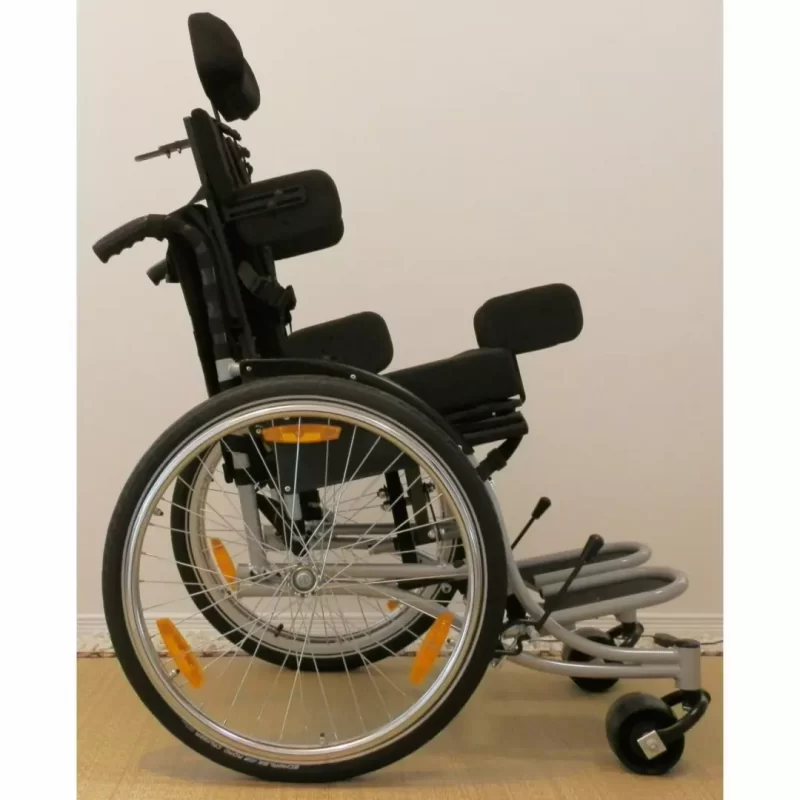ISO 16840 Wheelchair seating, Uncategorized
ISO 16840 Wheelchair seating 2
Courtesy: ISO 16840 Wheelchair seating

The development of wheelchair seating as a sub-specialty of rehabilitation services has been occurring over
the last several decades. This practice involves the selection and provision of wheelchair seating products that
provide improved body support, movement control, and injury prevention for the wheelchair user. Inherent in
this selection process is the measurement and communication of the anthropometrics and postural measures
of the seated person, as well as the orientation, location and linear measures of the person’s seating support
surfaces.
However, there has been tremendous variation in the use of the terminology and definitions related to the
clinical measures of a seated individual. Standard definitions and terms are lacking for communicating critical
postural information and support surface parameters in a way that is uniformly useful to service providers,
researchers, manufacturers, wheelchair users and purchasers when selecting and providing wheelchair
seating devices.
The purpose of this part of 16840 is to specify standardised geometric terms and definitions for describing and
quantifying a person’s anthropometric measures and seated posture, as well as the spatial orientation and
dimensions of a person’s seating support surfaces. This also allows for the systematic monitoring of a
person’s seated posture change over time.
This part of ISO 16840 applies to seating intended to provide postural support within a wheelchair. It specifies:
a) a global coordinate system that permits the determination and recording of a person’s posture while
seated in a wheelchair;
b) the standard terms and definitions for use in describing both the posture and the anthropometrics of a
person seated in a wheelchair;
c) the terms and definitions for describing the dimensions, location and orientation of seating support
surfaces, which together comprise the body support system.
This part of ISO 16840 does not specify any methods for use in measuring a person’s seated posture, nor
does it define terms for dynamic physiological movements (such as flexion or extension).
This part of 16840 might be applicable to seating other than that intended to be used within a wheelchair
absolute angle
angle which represents the orientation in space of a body segment or support surface reference plane relative
to the gravitational axis system
NOTE See 5.2.
2.2
body centreline
vertical line falling on the midsagittal plane of the body, as viewed in the frontal plane
2.3
body segment line
line defined by two designated body landmarks, either palpated or calculated, used in determining angular
positions of body segments
contact surface
surface of the seating support in contact with the seated person’s body
This preview is downloaded from www.sis.se. Buy the entire standard via https://www.sis.se/std-907260
ISO 16840-1:2006(E)
2 © ISO 2006 – All rights reserved
2.5
depth
linear dimension of a seating support surface measured in the Y direction on a line parallel to the support
surface reference plane
2.6
length
linear dimension of a seating support surface measured in the Z direction on a line parallel to the support
.

